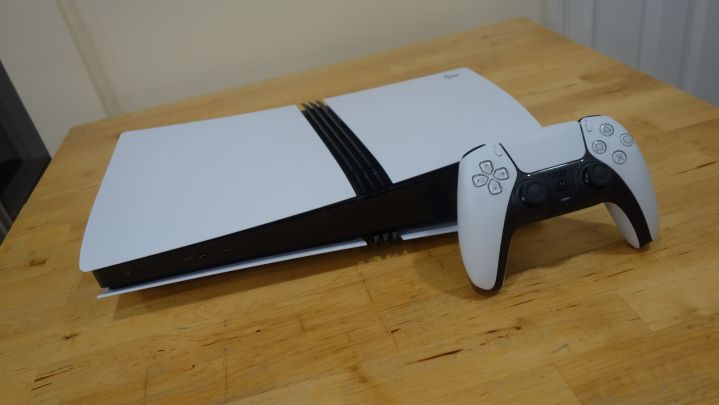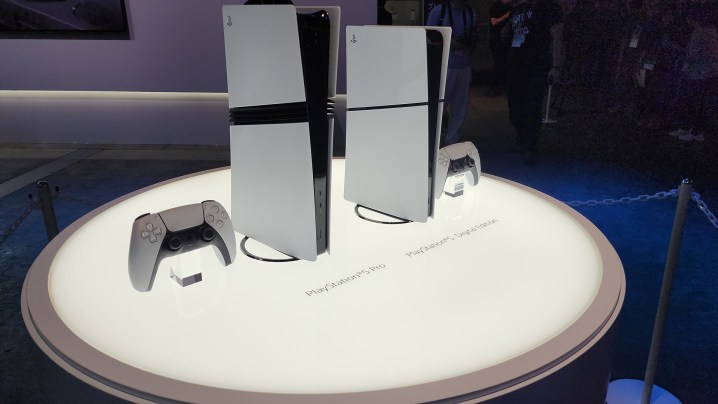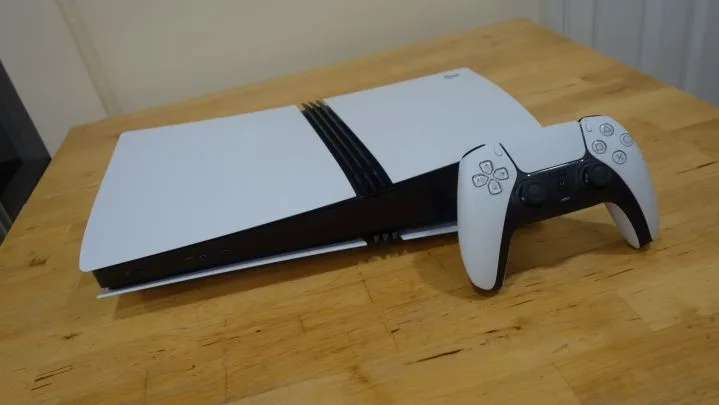
As discussions about a potential second term for Donald Trump as President arise, many are curious about the implications of his proposed tariffs on foreign imports, particularly those aimed at China. If enacted, these tariffs could fundamentally alter the landscape of video game hardware and software production, potentially leading to higher prices for consumers.
In conversations with industry analysts, the potential repercussions of these tariffs on technological items, including gaming consoles, were explored. Currently, the proposal includes a 10% to 20% tariff on all imports, with a specific focus on a staggering 60% tariff on products coming from China. Although some analysts were hesitant to comment due to the uncertain fate of these proposals, individuals like Serkan Toto from the consulting firm Kantan cautioned that if these tariffs take effect, it would be consumers who bear the financial burden.
Toto expressed to Digital Trends, “The impacts would be catastrophic for gamers. This increase wouldn’t be absorbed by China; it would come directly from U.S. consumers.”
A report from the Consumer Technology Association (CTA), published in October, suggests that tariff hikes on consumer electronics like video game consoles and smartphones could diminish American consumers’ spending power by a whopping $90 billion. Given that a sizable percentage of electronics and gaming products are manufactured in China, the ramifications would likely be widespread.
Specifics from the CTA revealed that prices for video game consoles could increase by as much as 40%. For instance, a PlayStation 5 might jump from $500 to $800, and the price of a typical $70 game could swell to $112. In the past, during Trump’s administration when a 25% tariff was imposed on Chinese imports, the price of graphics cards like the Nvidia GeForce RTX 3080 was projected to rise from $699 to $874 before tax.

In terms of upcoming consoles, including a potential successor to the Nintendo Switch, the tariffs may not directly disrupt production or supply lines. However, any new consoles that do come out are expected to be priced higher due to these tariffs.
The National Retail Foundation estimates that the proposed tariffs could cost American consumers between $46 billion and $78 billion annually, equating to around $2,600 for each U.S. citizen, according to the Peterson Institute for International Economics.
Still, the implementation of these tariffs in their current form remains uncertain. While Trump previously enacted tariffs via executive orders during his presidency, there are numerous countermeasures that companies can take.
According to CBS News, many brands are already exploring options to relocate their manufacturing outside of China. Additionally, certain products might receive exemption from tariffs. Toto provided a pertinent example: “Trump will be aware that iPhones, for instance, are produced in both China and India. Would consumers truly accept a sudden jump in the iPhone price from $1,000 to $1,600?”
During Trump’s last round of tariffs, the CTA successfully collaborated with major console manufacturers—Microsoft, Sony, and Nintendo—to oppose the imposed tariffs and negotiate exemptions for popular technology. This suggests that there may be hope for video game enthusiasts who are already grappling with rising costs on consoles and games.

